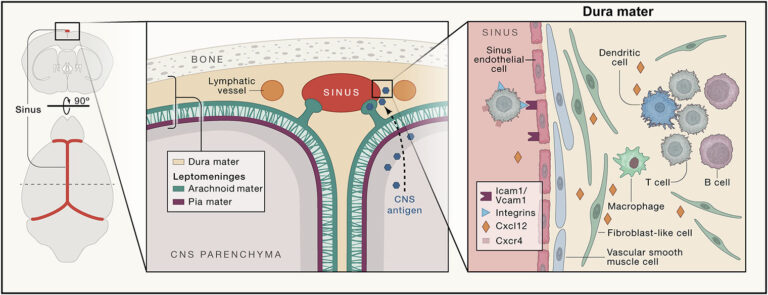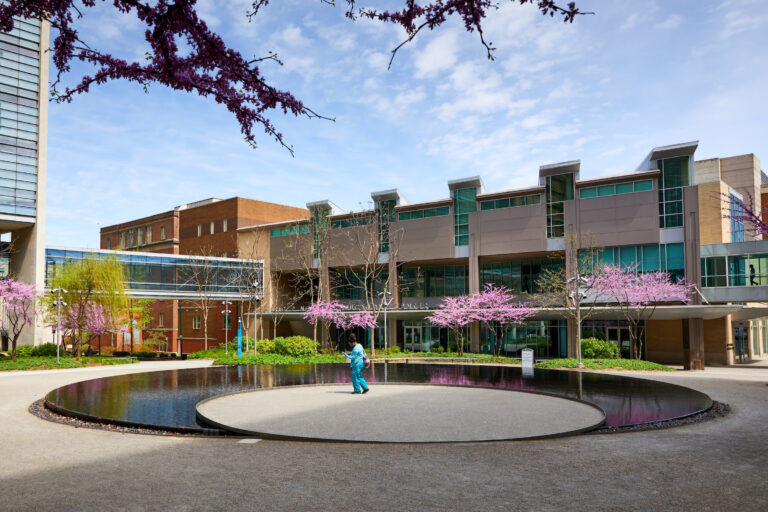Items
Evolving images for visual neurons using a deep generative network reveals coding principles and neuronal preferences
Card summary text goes here. Text here will appear in the Item list view.
View article here.
Ponce CR, Xiao W, Schade PF, Hartmann TS, Kreiman G, and Livingstone MS. Cell. 2019 May 2;177(4):999-1009.
Exercise-induced loading increases ilium cortical area in a selectively bred inbred mouse model
Publication information goes here.
K. Lewton, T. Ritzman, L. Copes, T. Garland, T. Capellini (2019). American Journal of Physical Anthropology 168: 543-551.
Fitzpatrick Lab
Center for Cellular Imaging
The overarching goal of the Washington University Center for Cellular Imaging (WUCCI) is to provide reliable and affordable access to state-of-the-art cellular imaging technologies, provide professional guidance in experimental design, sample preparation and data analysis, develop and apply new imaging technologies and work collaboratively with WashU researchers to advance our understanding of human health and disease.
Franken Lab
Neuronal mechanisms of perception
How do you make sense of what you see? The patterns of light that the eyes receive are ambiguous. Consider the wavelength of reflected light: this could either indicate the color of the reflecting surface, or that of the incident light. The brain thus needs to actively reconstruct a representation of the external world. The Franken laboratory studies the brain circuits that perform these computations, using behavioral, electrophysiological, optical and viral targeting approaches.

Functional characterization of the dural sinuses as a neuroimmune interface
Rustenhoven, J., Drieu, A., Mamuladze, T., de Lima, K. A., Dykstra, T., Wall, M., Papadopoulos, Z., Kanamori, M., Salvador, A. F., Baker, W., Lemieux, M., Da Mesquita, S., Cugurra, A., Fitzpatrick, J., Sviben, S., Kossina, R., Bayguinov, P., Townsend, R. R., Zhang, Q., Erdmann-Gilmore, P., Smirnov, I., Beatriz-Lopes, M., Herz, J., Kipnis, J., Feb 18 2021, In: Cell. 184, 4, p. 1000-1016.e27
Gabel Lab
Epigenetic mechanisms in the brain
The Gabel Lab studies molecular mechanisms of gene regulation that contribute to development and plasticity in the mammalian brain, and how disruption of these mechanisms can lead to neurological disease.
Goodhill Lab
Brain development
The Goodhill Lab is interested in how brains process information, particularly during development. Our current focus is on the development of neural coding in the zebrafish brain. We are addressing this using a combination of behavioral analysis, calcium imaging of neural activity, and mathematical/computational modeling.
Han Lab
Learning & memory in the hippocampus
PI: Edward Han, PhD
The Han lab studies learning and memory processes in the hippocampus. The lab investigates the cellular and neuronal circuit activity supporting spatial navigation learning in mice. Major approaches in the lab include in vivo two- photon calcium imaging during virtual reality behavioral tasks, in vivo electrophysiology, optogenetics, and computational modeling.
Holy Lab
Olfactory circuits, technology & computation
The Holy Lab combines a focus on understanding circuits and behavior with a willingness to pioneer new technologies to address the major challenges in the field. The lab's major scientific focus is on the olfactory system of mice. We choose this system because it presents a tractable “playground” for so many of the questions of modern neuroscience.

IDDRC seminar series
The Department of Neuroscience and the Intellectual and Developmental Disabilities Research Center (IDDRC) host the monthly IDDRC seminar series that focuses on research on developmental disorders.